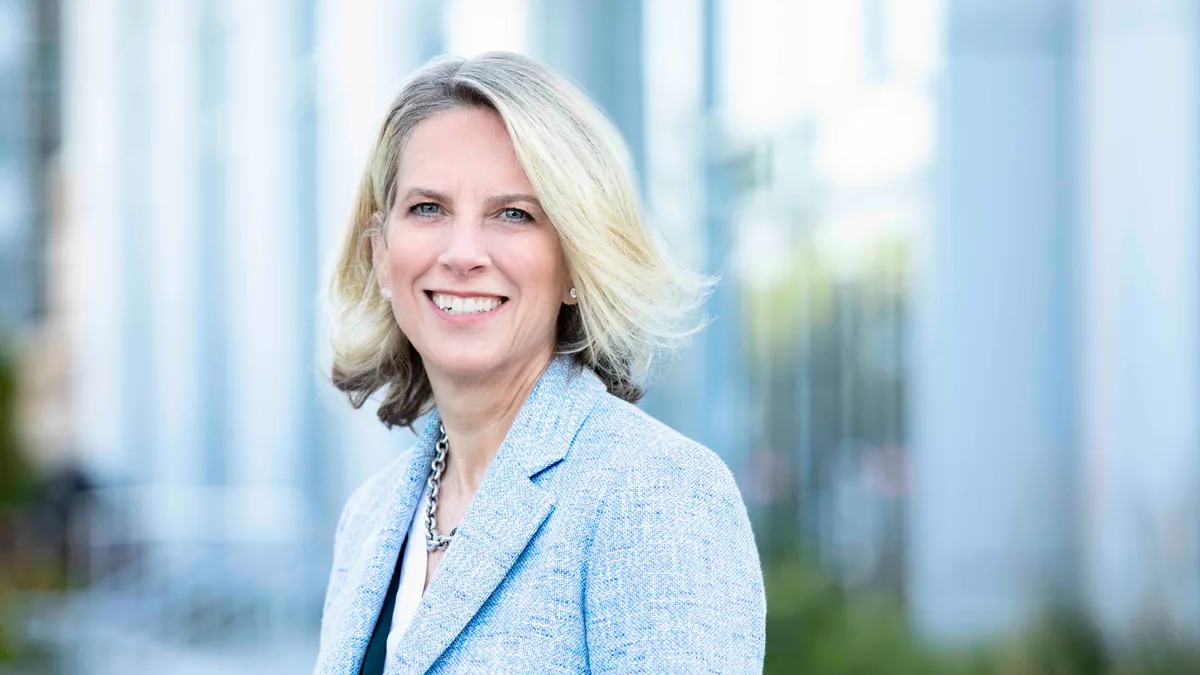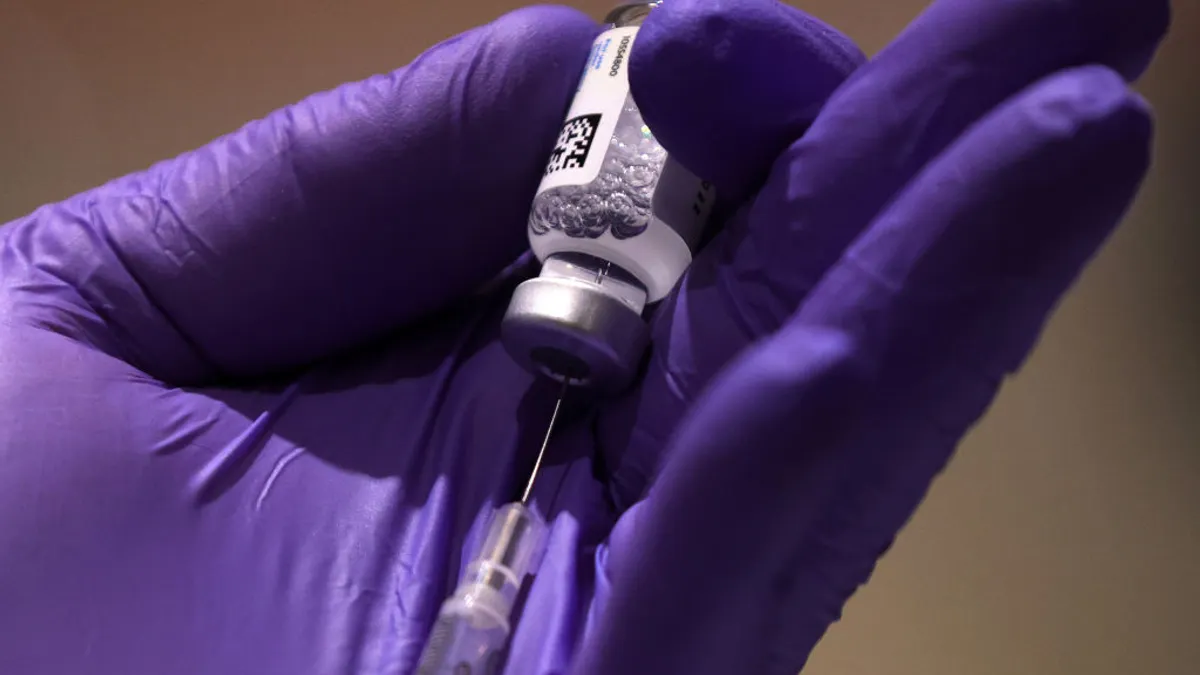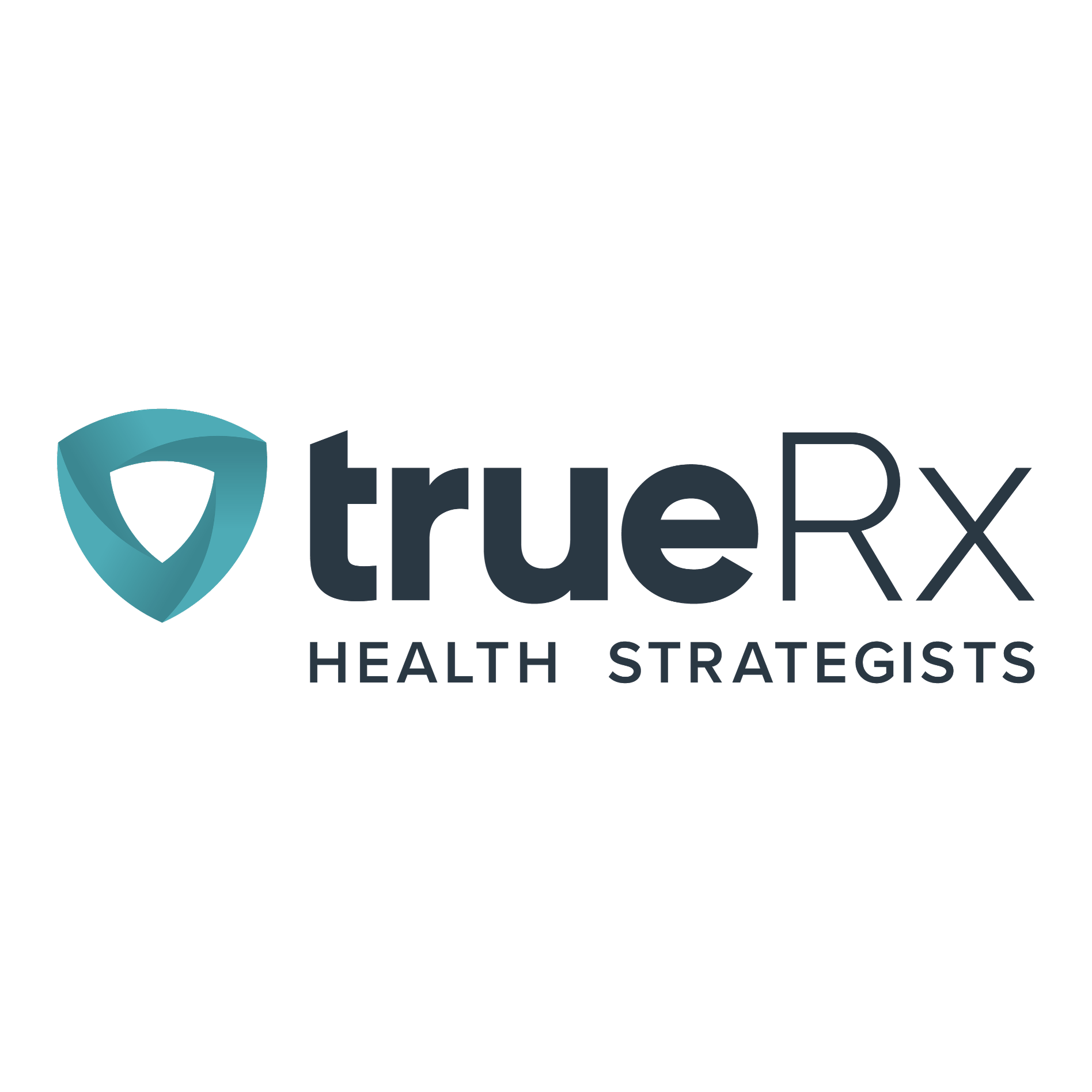When Daniel O’Day took charge of Gilead Sciences in 2019 as CEO, his efforts to reshape the company were anything but subtle. Although Gilead had grown into a powerhouse biotech specialized in antiviral treatments for HIV and hepatitis C during its 30-year history, it was also marred by several challenges including ongoing drug price controversies and years of revenue decline.
His answer was to embark on a major transformation. Within a few years, O’Day gave Gilead’s executive ranks a facelift with several new hires and put an ambitious plan in motion to expand its R&D investments and pipeline — particularly in oncology.
Gilead made strides on that front in 2017 when it bought Kite Pharma — with a bustling CAR-T pipeline — for $11.9 billion. Under O’Day, Gilead continued stringing together deals to bolster its innovative aims, including a 2020 matchup worth up to $1.6 billion with Arcus Biosciences to develop “next-generation immunotherapies;” and a $4.9 billion buyout of Forty Seven that will test a new class of cancer drugs called CD47 inhibitors, building toward a critical phase 3 readout expected this year.
Not all of Gilead’s recent endeavors have been a success. In particular, a $5 billion tie-up with Galapagos floundered when an immune-disease drug the pair were developing was rejected by the FDA — causing Gilead to ultimately hand some rights to the medication back to Galapagos.
Still, Gilead has been charging at full speed toward its goal of becoming a major force in cancer care. Its biggest move under O’Day was a $21 billion deal with Immunomedics in 2020 that brought in Trodelvy, a first-in-class antibody-drug conjugate (ADC) approved for metastatic triple-negative breast cancer. And the company announced in April that the ultimate plan is to derive one-third of its revenue from oncology by 2030.
"We’re at a point where we built what we needed to build and now we need to execute."

Johanna Mercier
Chief commercial officer, Gilead Sciences
Wall Street has been receptive. Over the last year, shares of Gilead rose by 21% while the industry fell overall by 7.3%.
As the company’s chief commercial officer, Johanna Mercier has had a front row seat to all of these shifts. One of the fresher faces that joined Gilead during the 2019 reboot, Mercier — who previously spent 25 years at Bristol Myers Squibb — is charged with transforming the company’s R&D and dealmaking momentum into a sound commercial strategy.
Mercier is also deeply connected to the patient experience. When PharmaVoice caught up with Mercier at the J.P. Morgan Healthcare Conference earlier this month, she spoke in particular about a recent experience at an HIV clinic — a space where Gilead is still heavily invested.
The company scored an FDA approval in late December for Sunlenca, a new treatment aimed at helping HIV patients on two fronts. While offering a new option to patients who’ve developed a resistance to other HIV drugs, Sunlenca’s twice-yearly dosing regimen was also developed to be more convenient than daily oral antivirals.
And according to Mercier, this first approval could be just the beginning for Sunlenca. Gilead has additional phase 3 trials underway to test the drug as a preventative medicine, which Mercier said has the potential to “change the world.”
Here, Mercier explains more about Gilead’s transformation, the potential of Sunlenca and its future strategy for M&A.
This interview has been edited for brevity and style.
PHARMAVOICE: What kinds of strategic partnerships is Gilead considering now?
JOHANNA MERCIER: When we set forth this transformational strategy three years ago, we had to do M&A and we had cash to do it. So we placed bets. Oncology was a big part of that. And we were thinking about it in three pieces: (There’s) immuno-oncology, like PD-1 inhibitors, cell death drugs like chemotherapy and then there are tumor-targeting drugs in the microenvironment. We believed that a combination of having more than one agent and hitting more than one environment is going to help us raise the bar for cancer care. That’s the strategy.
Trodelvy got the ball rolling because it was already approved, and then there are other kinds of deals, such as the one with Arcus. So we don’t feel today that we need anything else because we have built out a pipeline and assets with potential for the future. We will stay opportunistic — but it’ll probably be smaller partnerships.
What has the response been to this strategy?
People said that it sounds good, but no one is going to give you any credit for it until you have something to show for it. We delivered every quarter on what we said we would do — and not just revenue. We (nearly) doubled the number of clinical trials in this time frame. That’s huge. Most are phase 3 programs, so that’s an even heavier lift and people are recognizing that there is a real oncology portfolio here that can make a difference.
2023 is our coming out. We’re at a point where we built what we needed to build and now we need to execute.
What have been some of the unexpected challenges to executing on these changes?
The cultural one. It’s a lot of change when you’re transforming. We have just over 15,000 employees — and (there’s been) incredible growth with Gilead quickly, so some people had to understand why. That’s like any change management (and) is a big part of it — to understand the why and why we needed to do it to survive.
—Data compiled from Gilead’s 2023 JPM presentation
What key milestones do you have coming up?
We just got an approval before the holidays for Sunlenca in HIV. It’s for a very small indication — just 1-2% of HIV patients will need it. But it’s a new class of HIV drugs. These are patients that have been heavily treated. Resistance has started and then, if you don’t do anything, it’s going to turn from HIV to AIDS.
I was in an HIV clinic a few months ago and a doc was telling me about a patient, and then a nurse came out and hugged me and said that this patient was dying and maybe had three months to live — and because of this drug he is now doing better and hasn’t been like this in years.
But what’s also really interesting is that it’s the first stepping stone to where we can go with Sunlenca. We’re still working on an HIV cure at Gilead. We have a couple of phase 3 trials for the prevention of HIV in high-risk populations, and that would be as a monotherapy. We believe that with Sunlenca every six months, we could end HIV. That would change the world.
We have the first approval for Sunlenca and the proof of concept. Now it’s about more clinical trials and we expect readouts in late 2025.
We have also presented data on (pretreated HR+/HER2- metastatic breast cancer) for Trodelvy and that was submitted to the FDA. The PDUFA date (for a supplemental BLA license) is in February — so that could be a launch (in a new indication). And there is a real opportunity to broaden awareness across the board with patients and doctors who don’t have experience (with Trodelvy) in breast cancer where we are well established and have field forces ready to go. We are excited to bring more hope to these women in late-stage cancer.
So there’s a lot happening in 2023 and from a readout standpoint, we’ll be sharing in our next earnings call (Feb. 2) what’s coming.




















